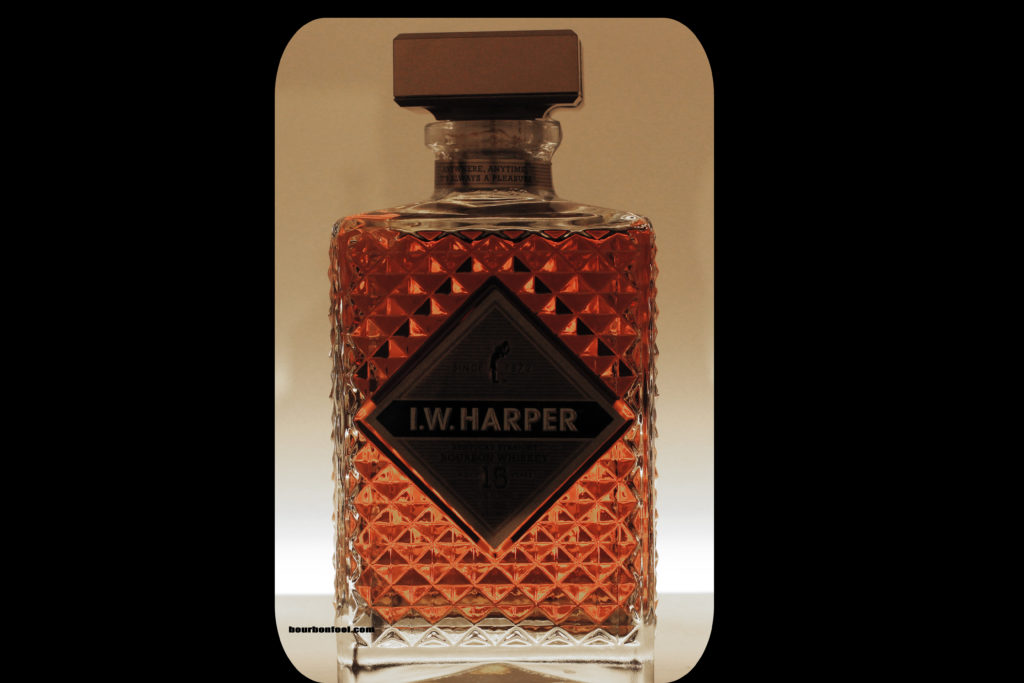You can thank the Schenley Company for marketing bourbon from simple whiskey to “extra aged” because of a miscalculation in world affairs. During the build-up to the Korean War, Schenley officials thought that distilling would become limited and converted to industrial alcohol production just like during world war two. Whiskey stocks, representing an eight-year supply for the United States were in storage and Schenley owned a lot of them

However, the Korean war did not become another world war, and Schenley was left holding about 70% of all of the older whiskey stock in the United States. Based on the taxation in force at the time, at the end of the eight-year aging process, the tax bill would come due and very possibly bankrupt the company or lower prices drastically to sell the surplus inventory. There probably would not have been enough demand to match the supply on hand, and a possible bourbon crisis was at hand.
Interestingly enough there was a growing demand for luxury spirits starting around 1956. What seemed like a potential disaster now was being seen as a competitive advantage. What better way to market simple bourbon as a premium brand than to advertise “extra aging.” You see that the basic premise of bourbon was fermented grains, aged in a wooden barrel. Some bourbon makers upgraded the bottle to something resembling cut crystal and marked up the price. Even the New York Times featured a headline “Can’t improve whiskey, so distillers turn to its container.”
Eventually, Schenley led by Lewis Rosenstiel successfully lobbied for the passage of the Forand Bill. This bill increased the bonding (taxation)

Once the new law was secured, the Schenley Corporation began selling their aged stocks with aggressive marketing techniques focusing on key phrases such as “Age Makes the Difference.” During the late 1950s and into the 1960s consumers were able to find mature bourbon at very comfortable prices.
Schenley advertised the strategy of marketing bourbon from simple whiskey to “extra aged” as a plan. However, it was a misreading of world events that led to a surplus of mature whiskey stocks that changed the American whiskey market forever. Once other companies were able to compete with older spirits, terms like handmade, artisanal, craft and even small batch all became catchphrases to help distinguish one bourbon from another.